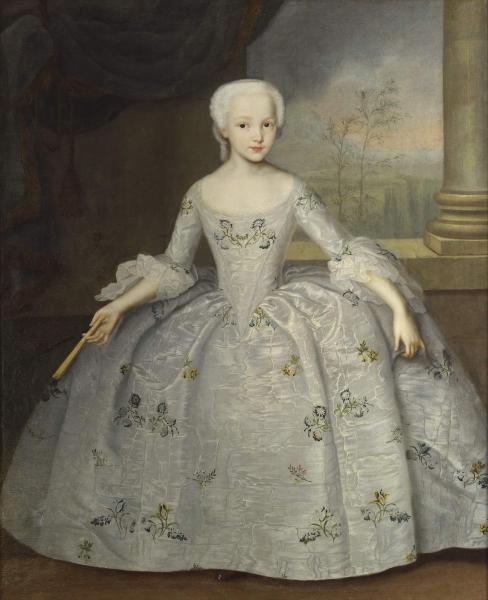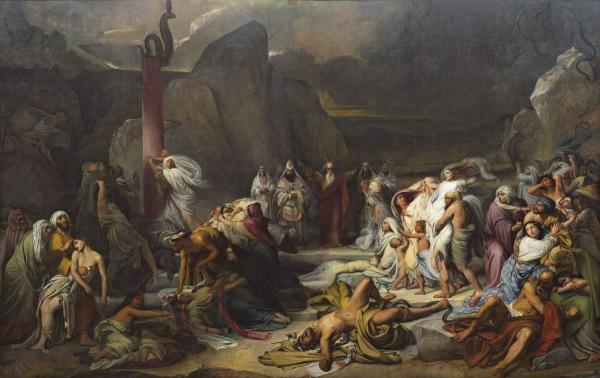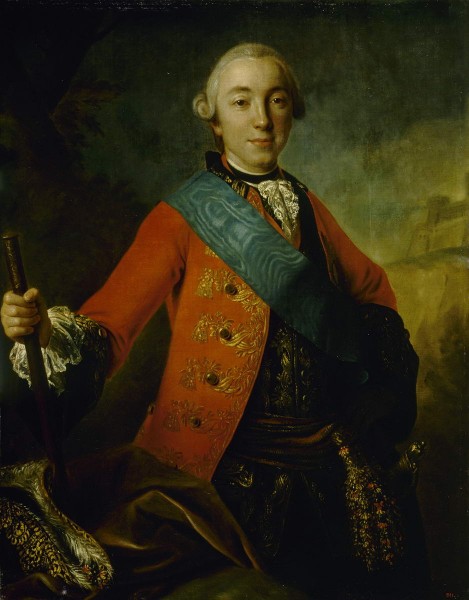The artist is Vishnyakov

For many years, Vishnyakov headed the “picturesque team” of the office from buildings, a state institution, which was in charge of construction work and decorative decoration of palaces and churches of St. Petersburg and its suburbs in the 18th century. As a master of the “picturesque team”, Vishnyakov performed church images, scenery for the court theater, ceiling and painting. Vishnyakov’s works were almost not preserved. Portraits of children Fermor – one of the few artist’s works that have reached us. From 1746 to 1757, William Fermor, heading the office from the buildings, was to often deal with the head of the “picturesque team” Vishnyakov and could order him portraits of his children.
Sarra-Eleanor Fermor (1740-between 1805 and 1824)-daughter of the Scottish nobleman in the Russian service, General Count in.AT. Fermor, the head of the office from buildings. From 1765 – married to Count Stanbook. According to the customs of that time, Sarra is depicted as an adult girl, in a solemn pose and outfit of the court lady, respectively, the high position of her family. The background with heavy drapery, column and balustrade is typical for the official front portrait. Some awkwardness and stiffness of movements, the tension of the posture do not interfere with the creation of a living, poetic and touching image of a teenage girl. Stylistically, the image is designed in the spirit of Rococo, who dominated the Elizabethan court.
+ About the restoration of the work
– Hide the text about restoration
The state of safety before restoration:
Author’s painting was covered with several layers of varnish, darkened by time, which completely changed and hid the original flavor. Studies of the visible luminescence of the surface of the colorful layer in UV rays showed the presence of a large number of records located both on the varnish, recent and between the varnish layers, that is, that appeared for a long time and at different times. Records were located both against the background and on the image of a dress, hands, fan. The decomposition (destruction) of varnish layers and partially later records showed strong color disagreements with the author’s layer. The portrait looked dark and colorless, unjustifiably “spotted”.
Complex of the events:
The disclosure of author’s painting was carried out in layers. At first, the notes lying on the varnish were removed, then the varnish threw and the records lying in the varnish layers were removed and deleted. At the same time eliminated inter -haired pollution. Under the records, the loss of the author’s colorful layer, but significantly smaller than the area overlapped by the record, were disclosed. In some areas, old records were left strictly within the losses for subsequent adjustment. Removing the yellow layers of varnish and records allowed to reveal a real flavor of author’s painting, filled the portrait of air and space. At the final stage, restoration tints were made in the places of loss and adjusted the abandoned old notes in accordance with the color and tone of the open author’s colorful layer.
Keeping a story. Restoration workshop of the Russian Museum – 100 years. SPb, 2022. With. 78-79.


